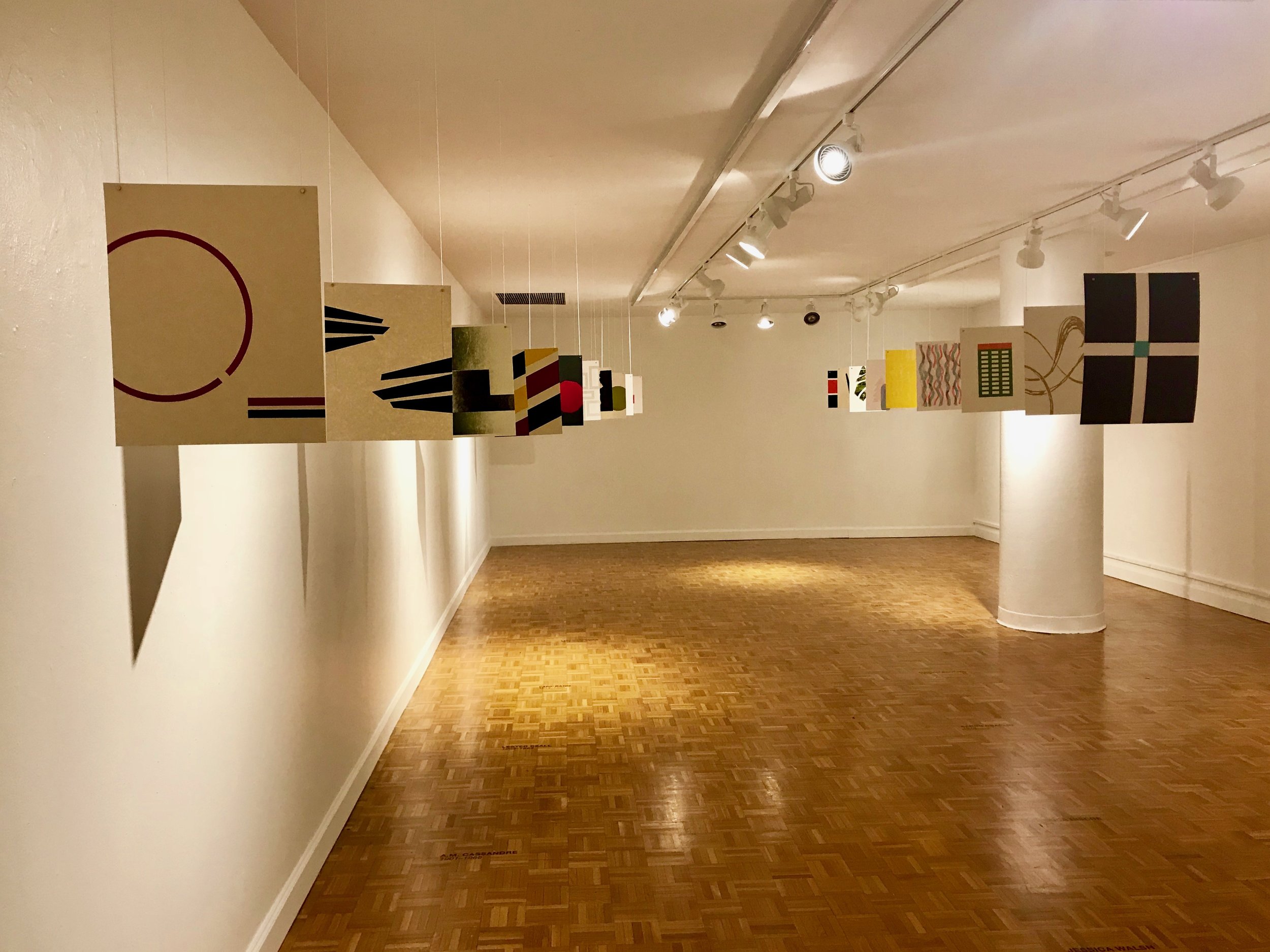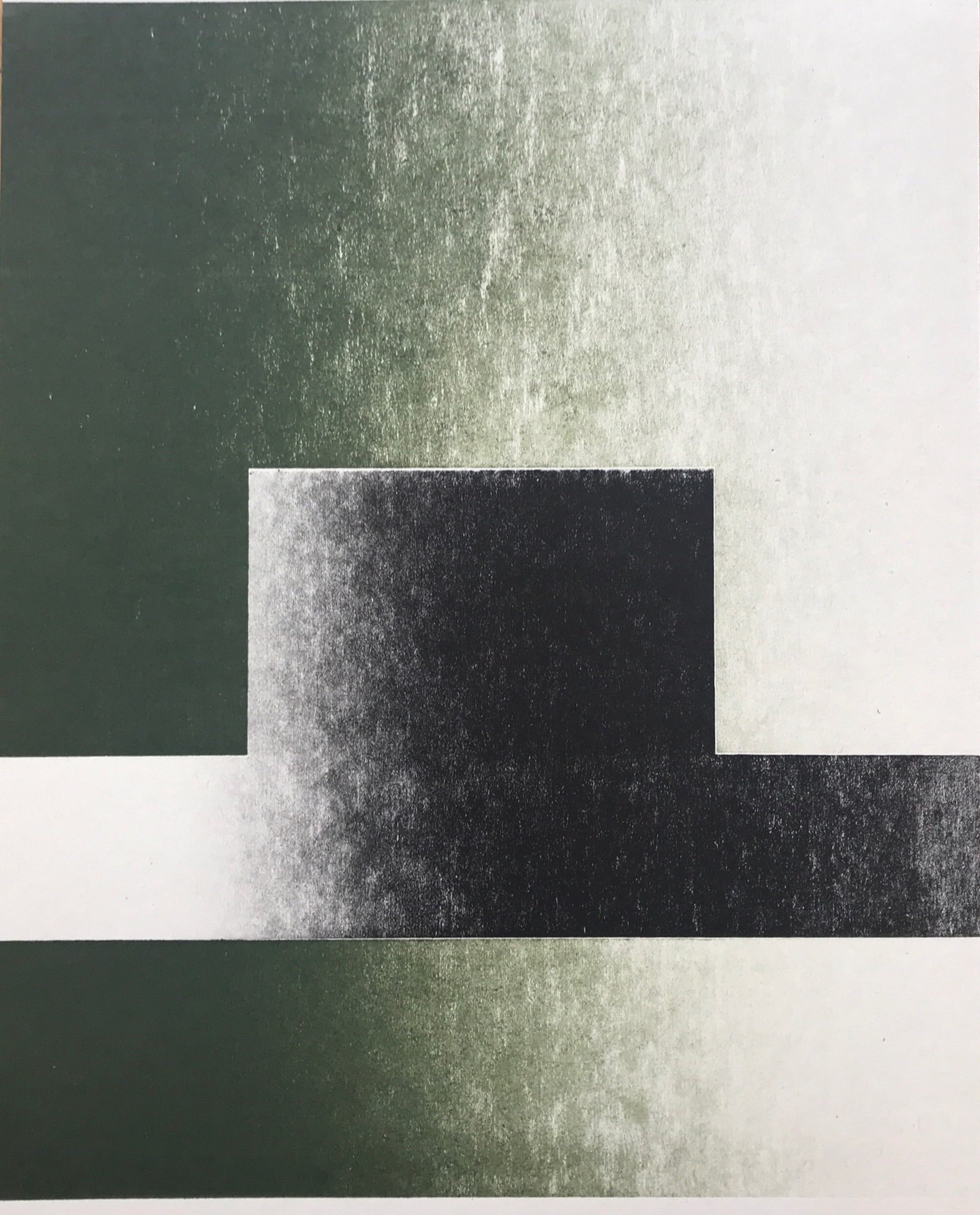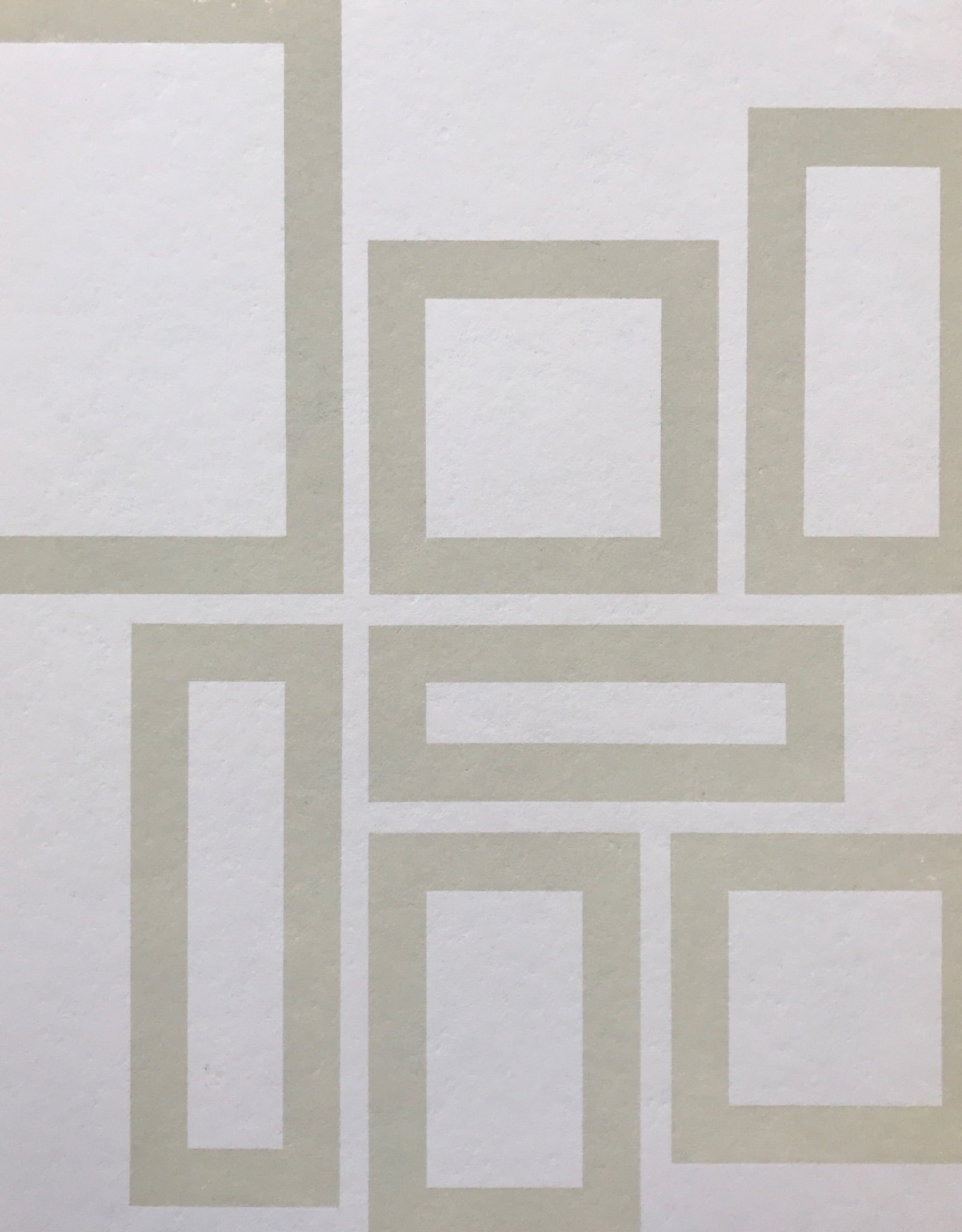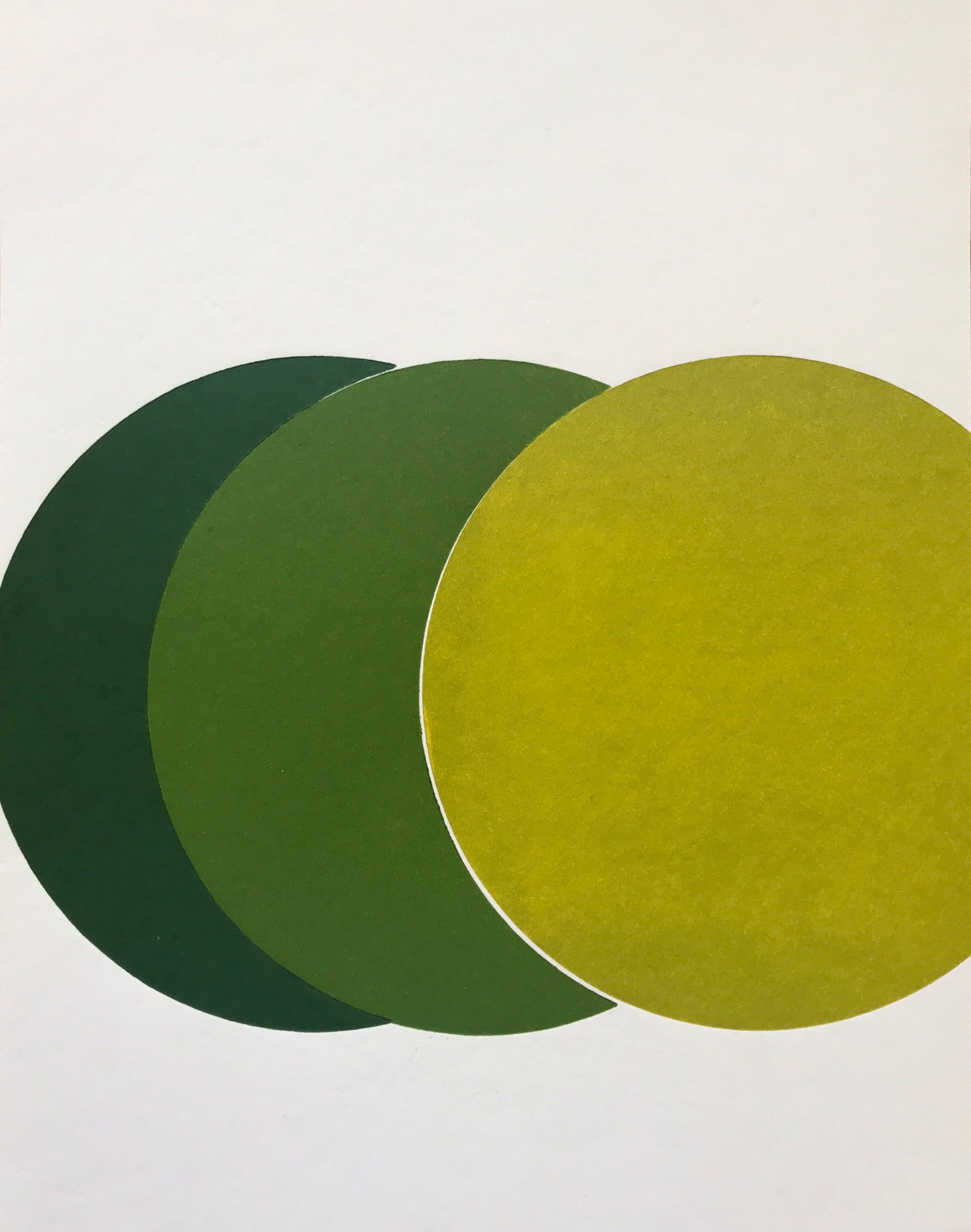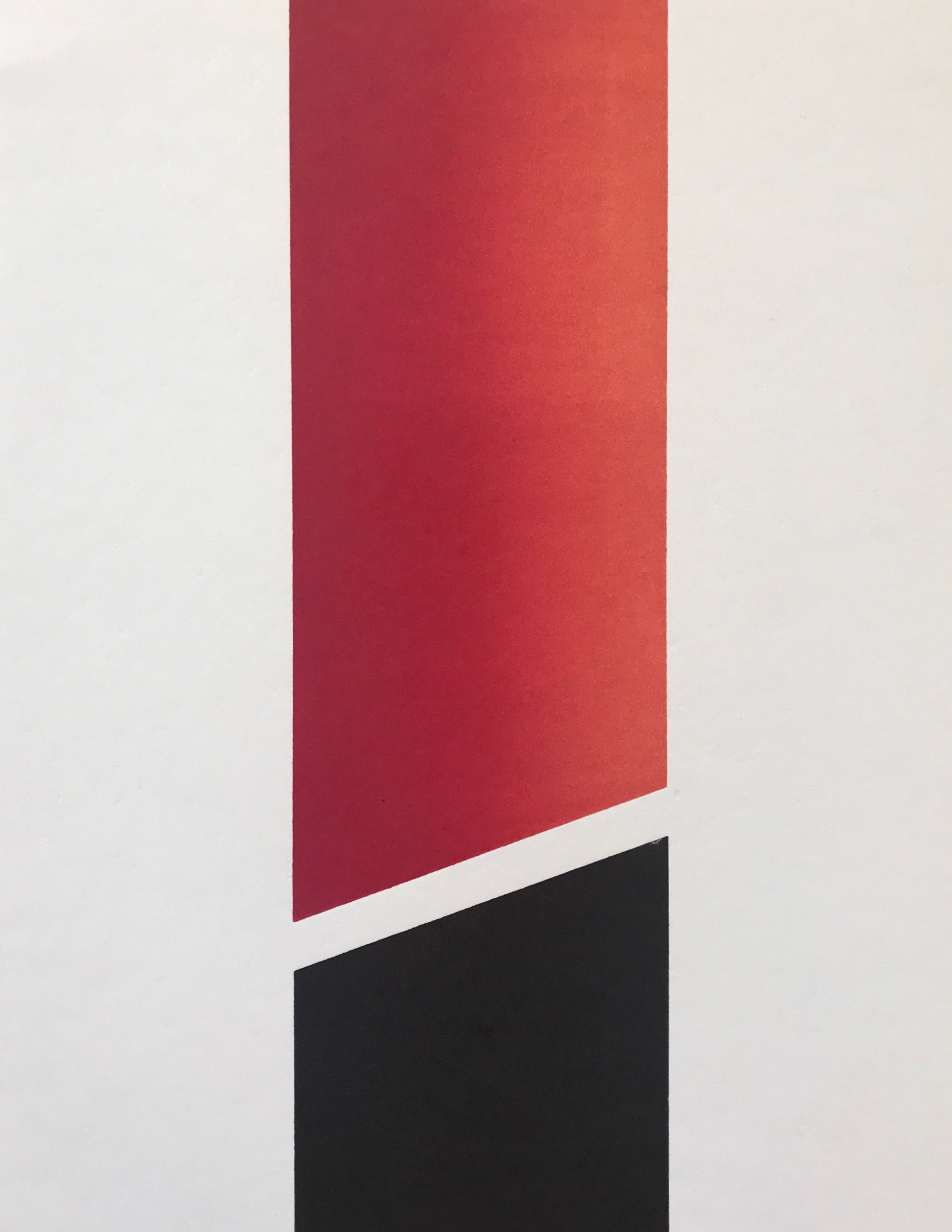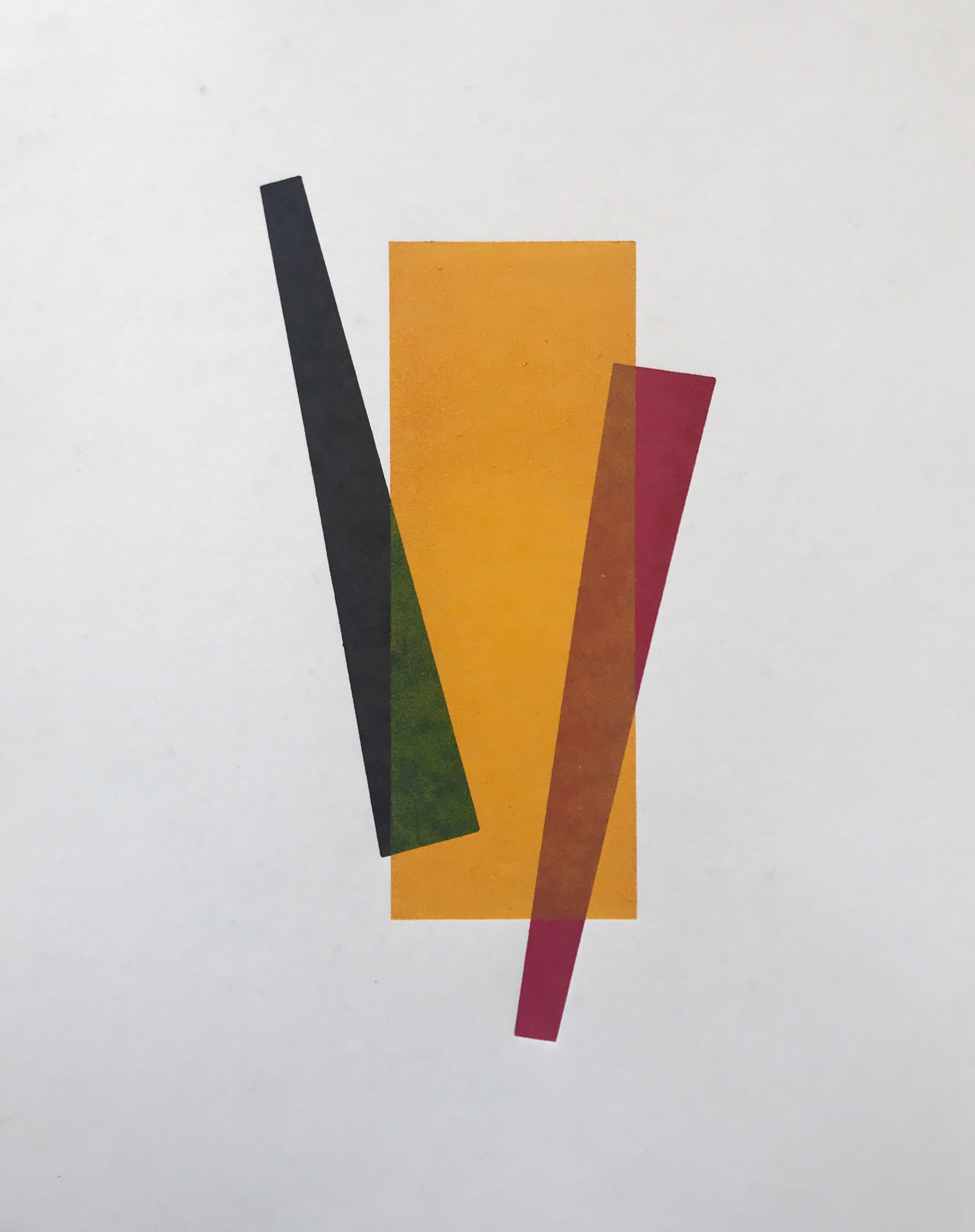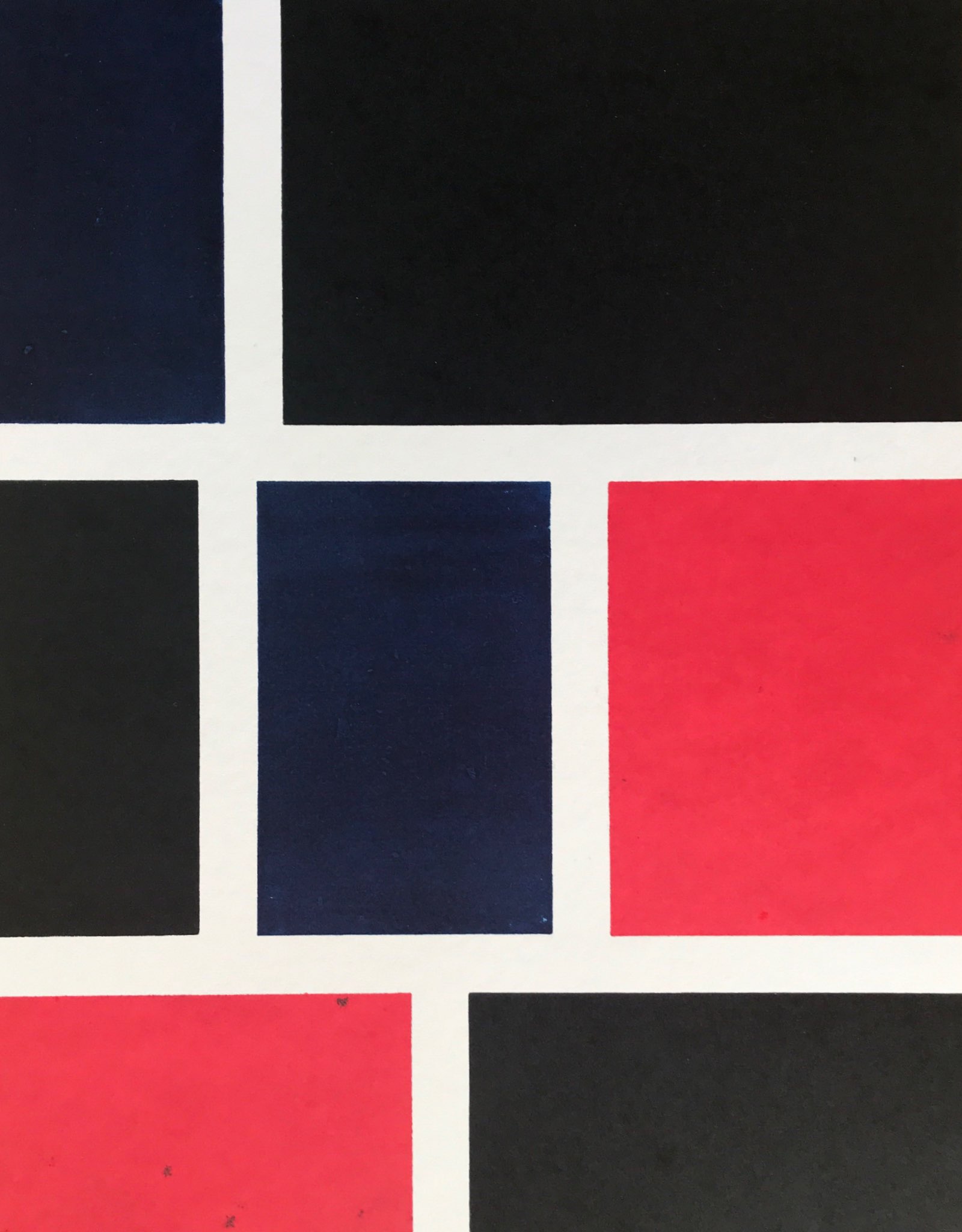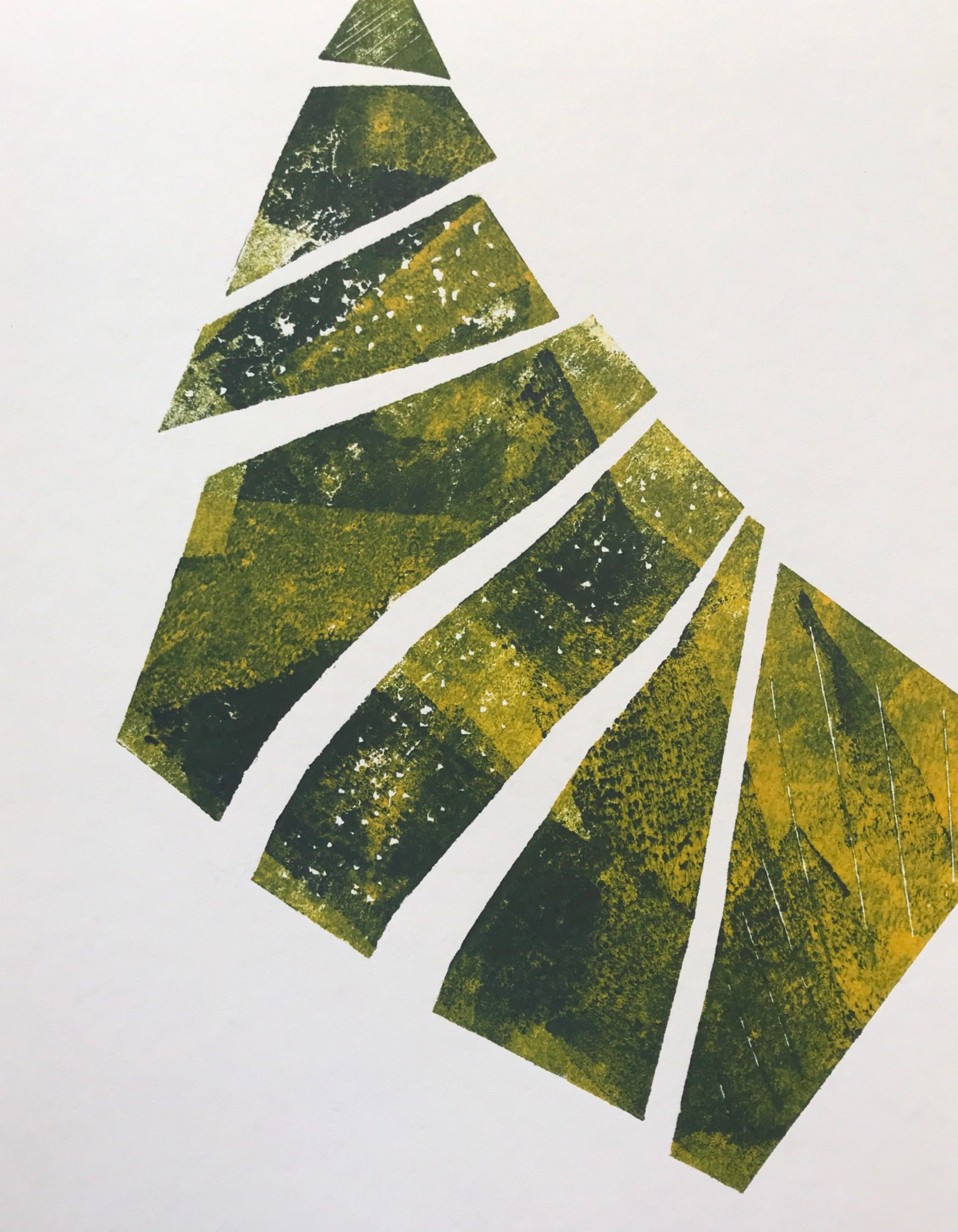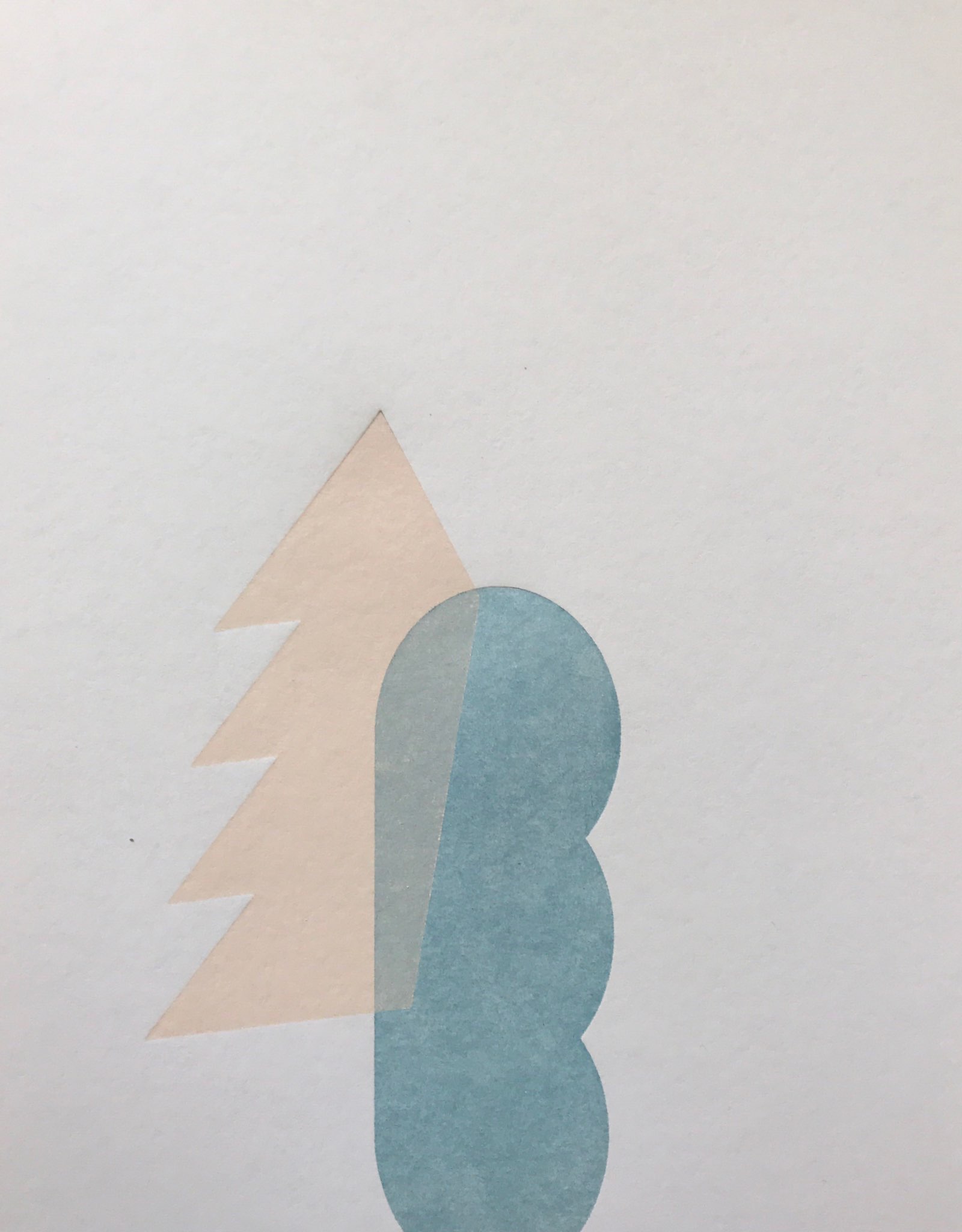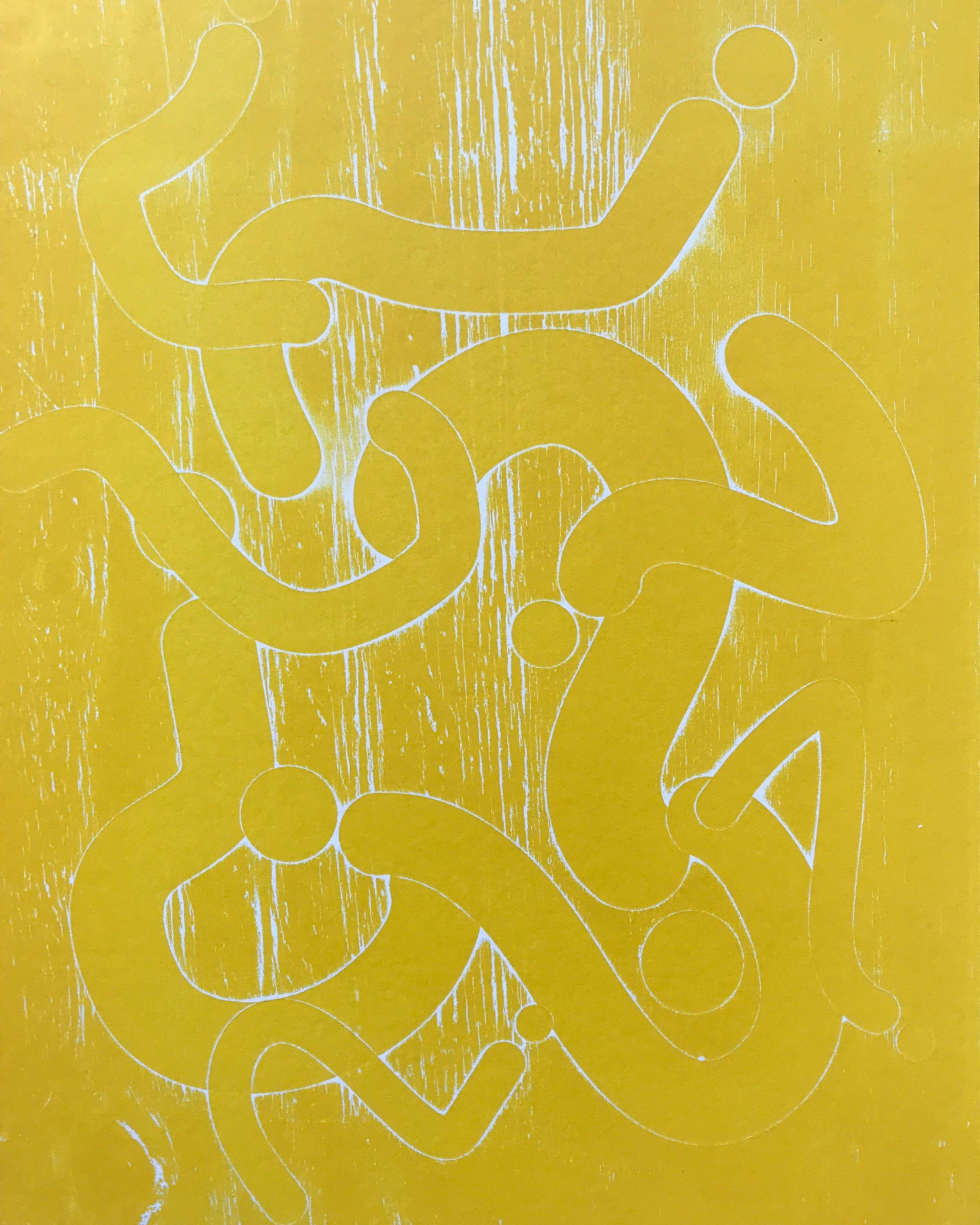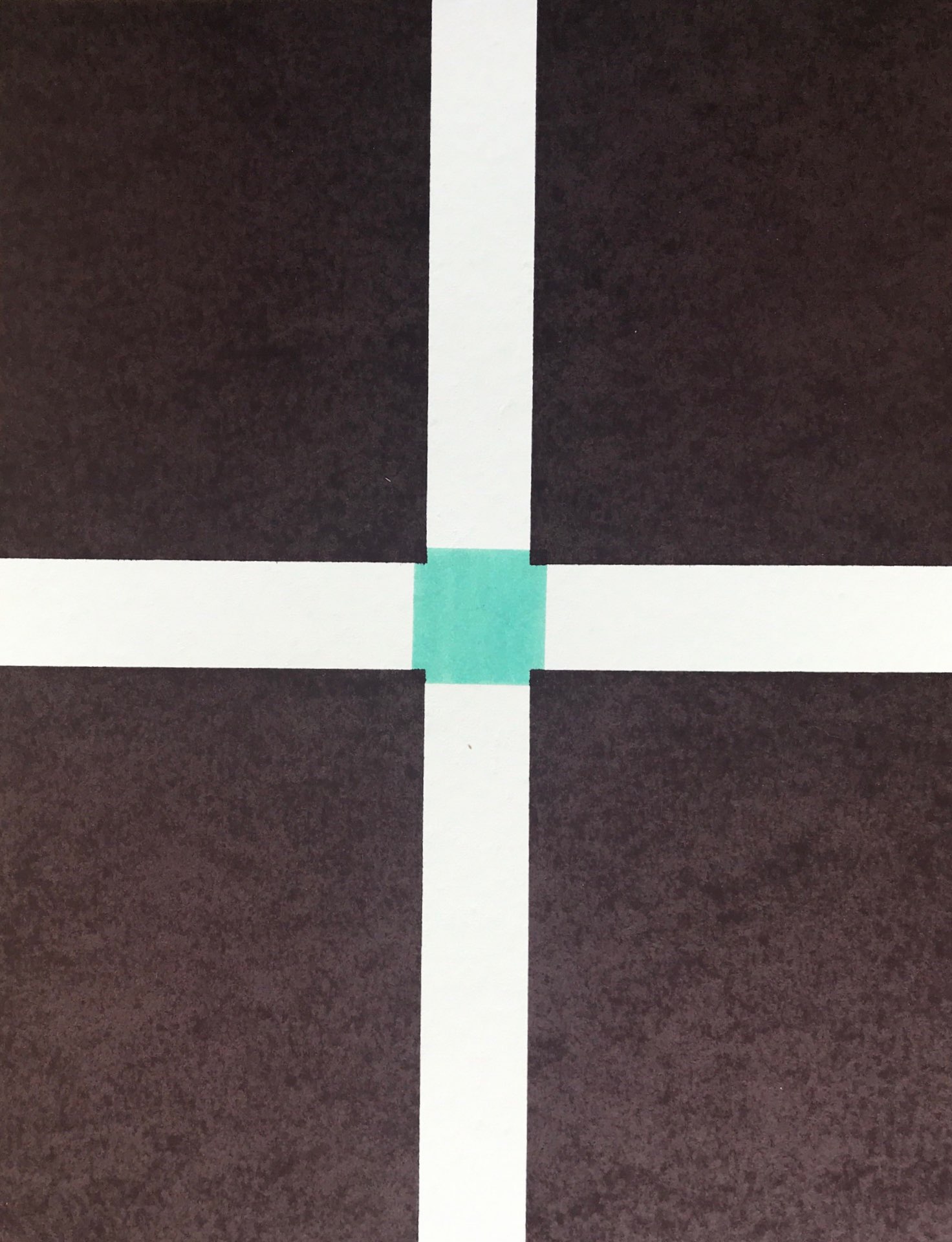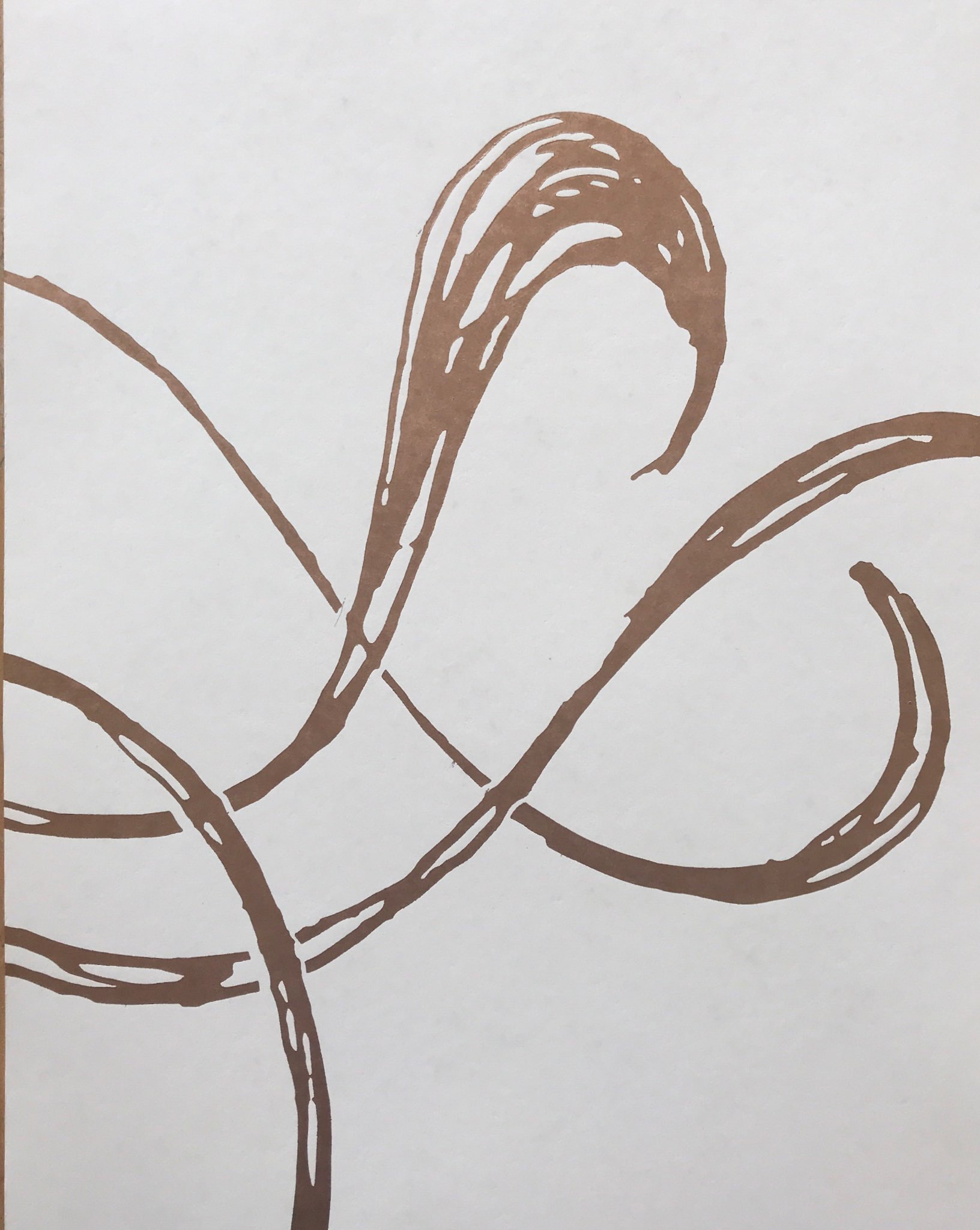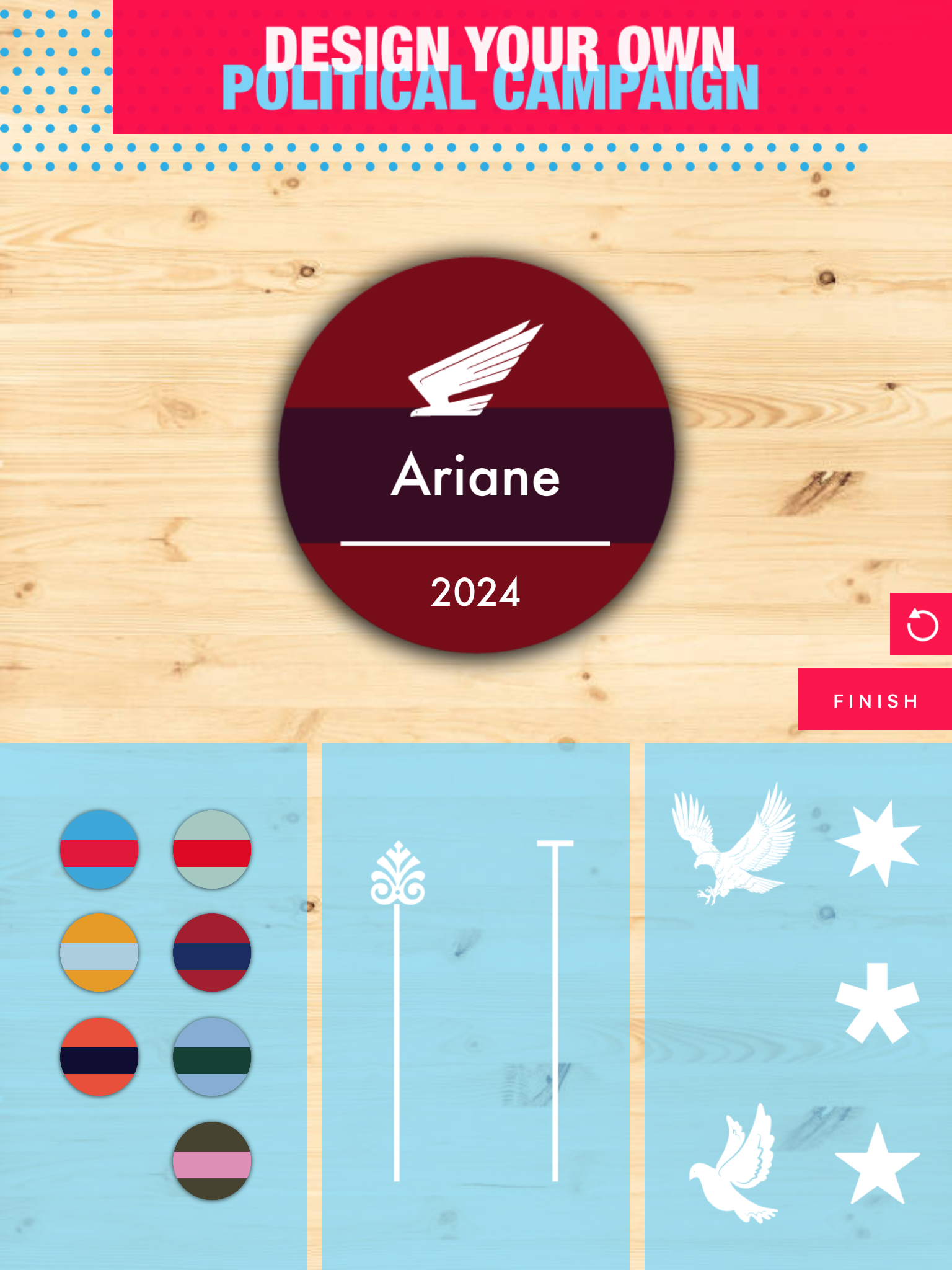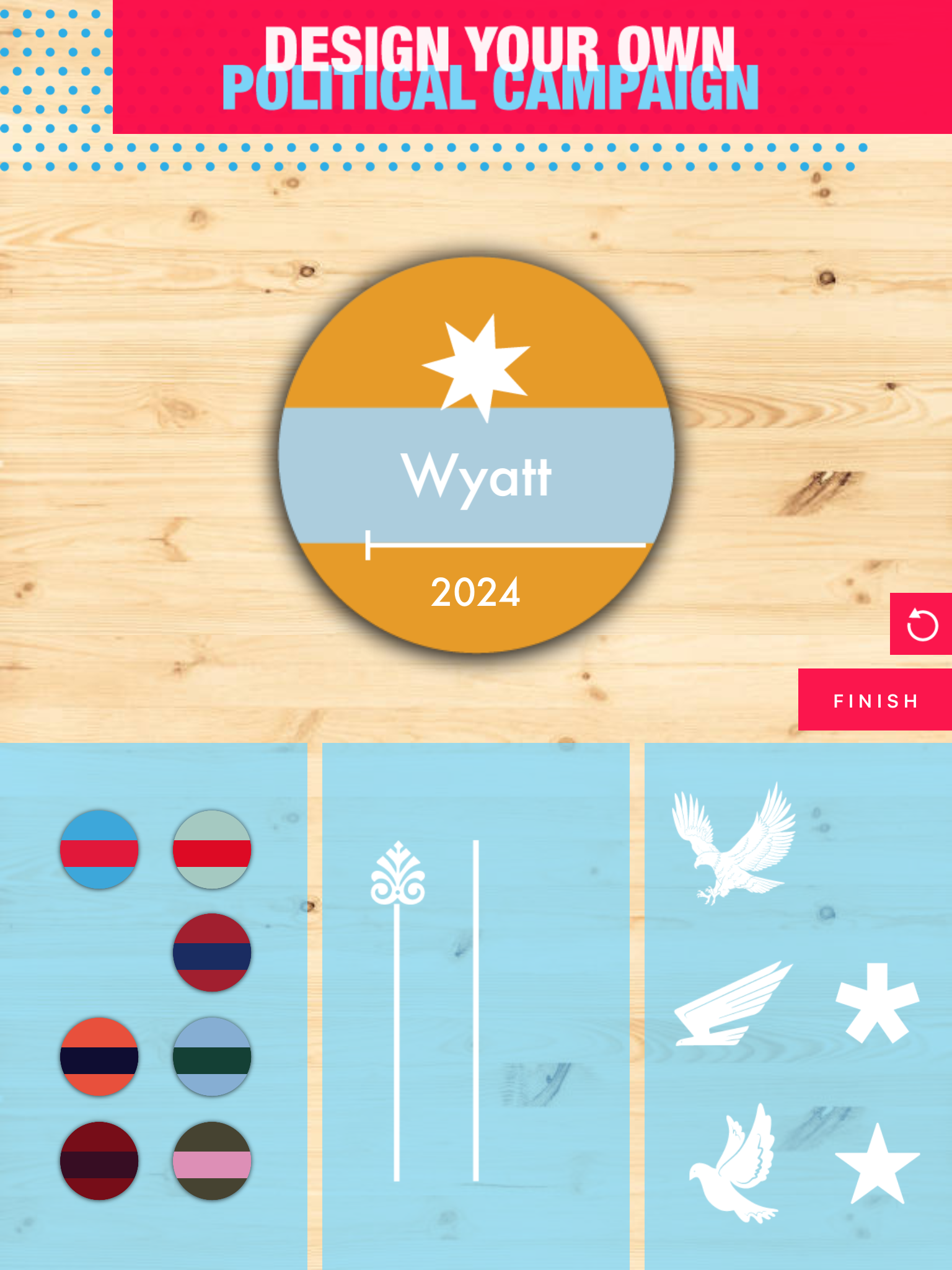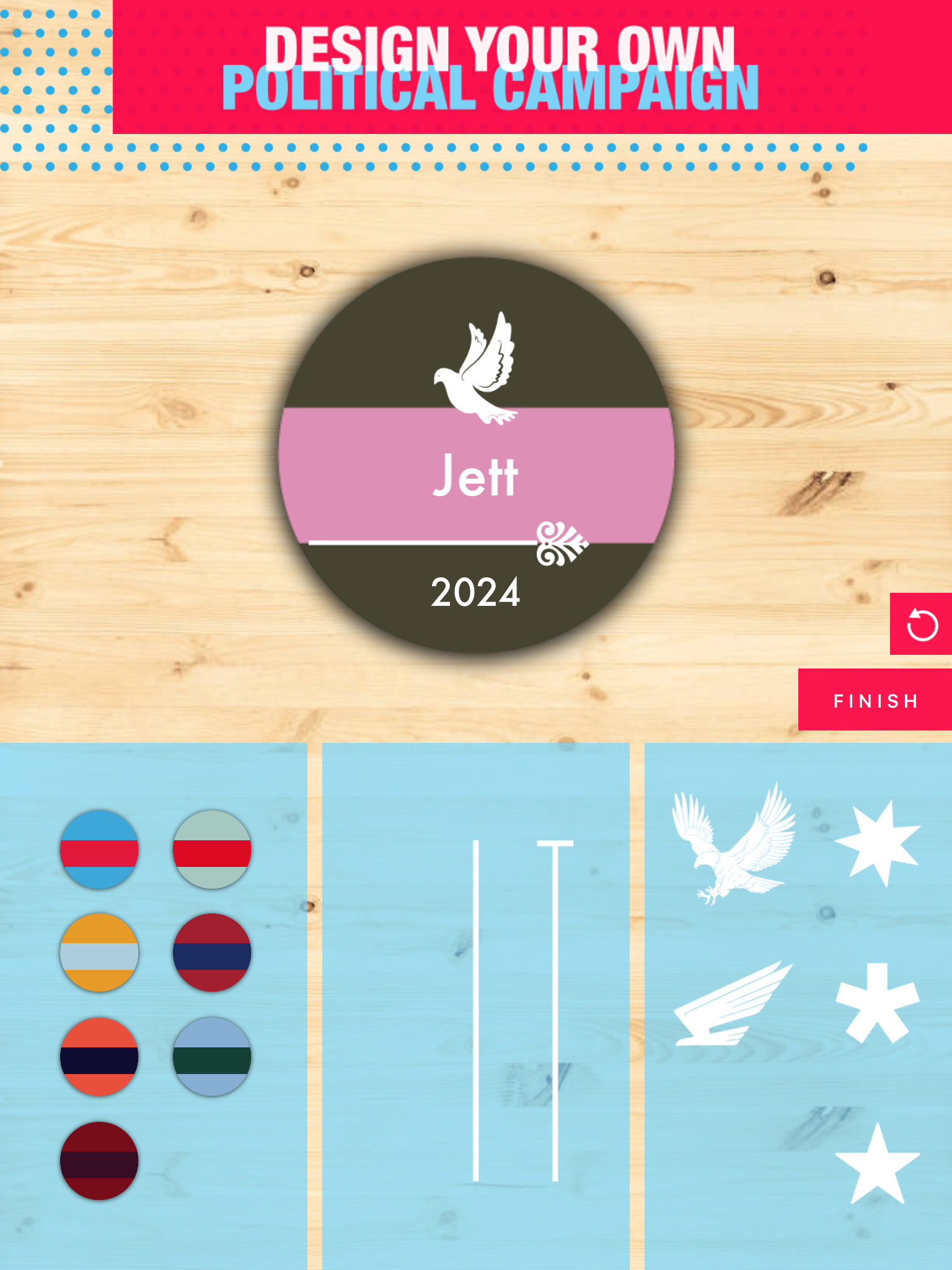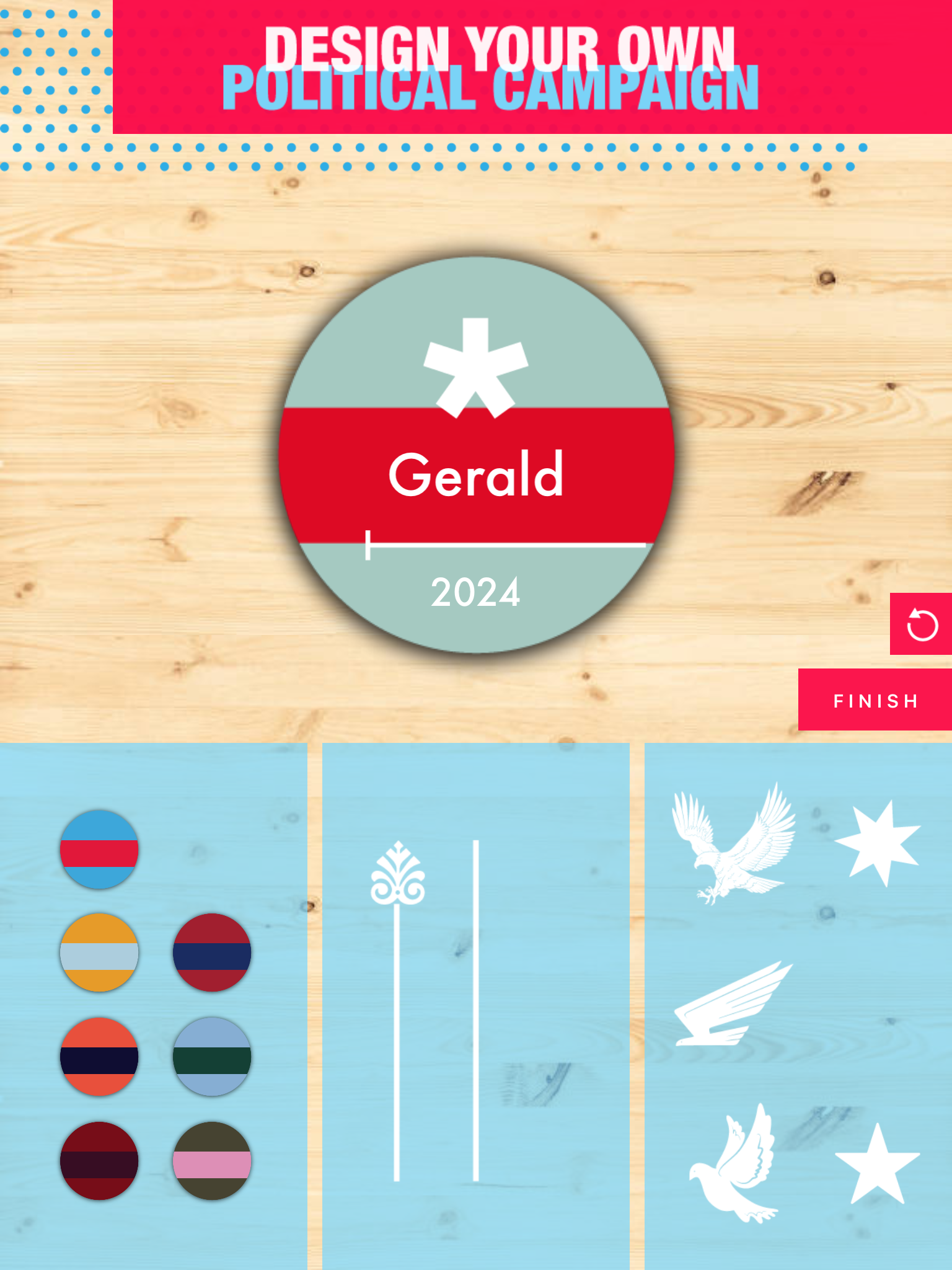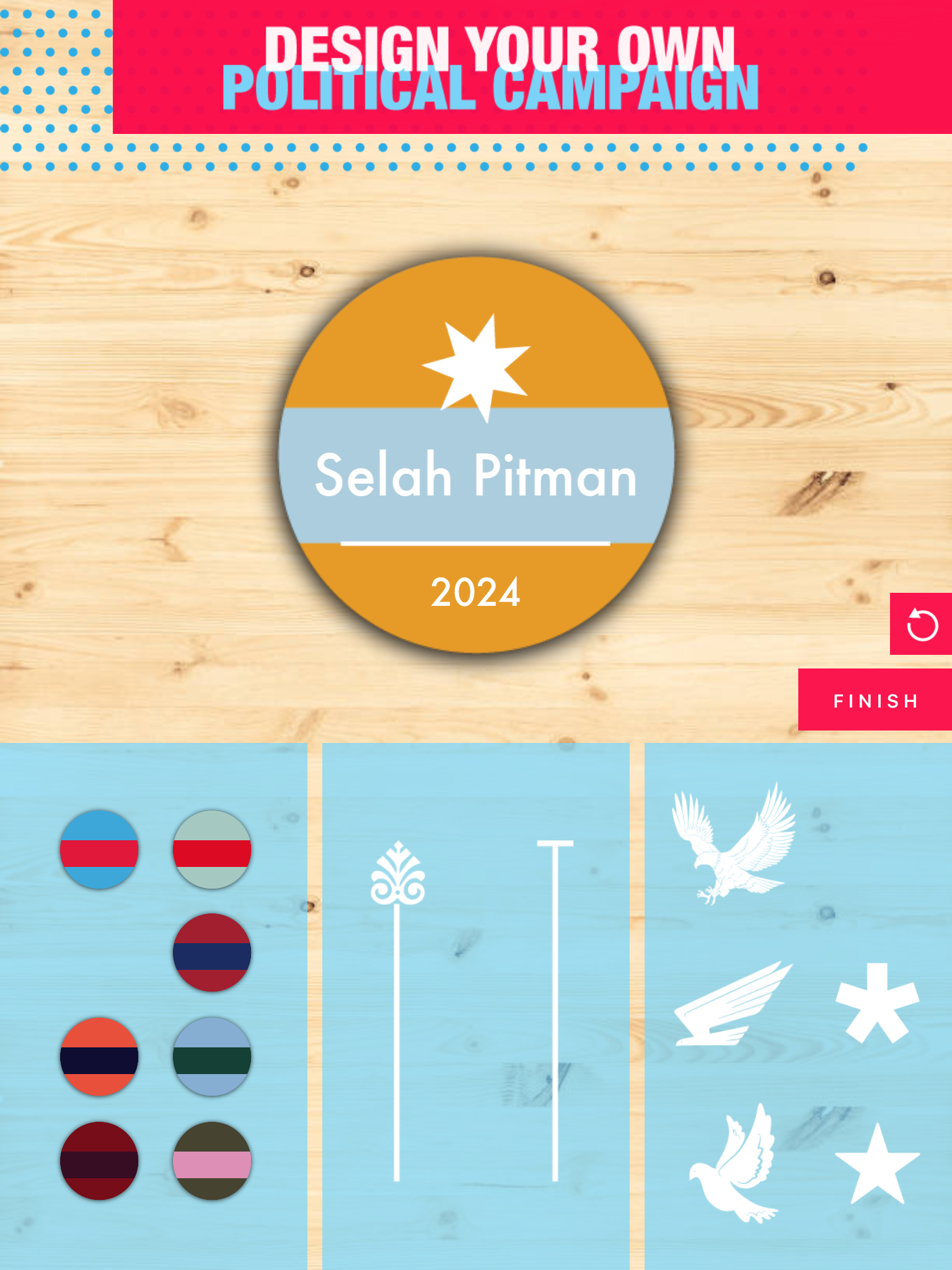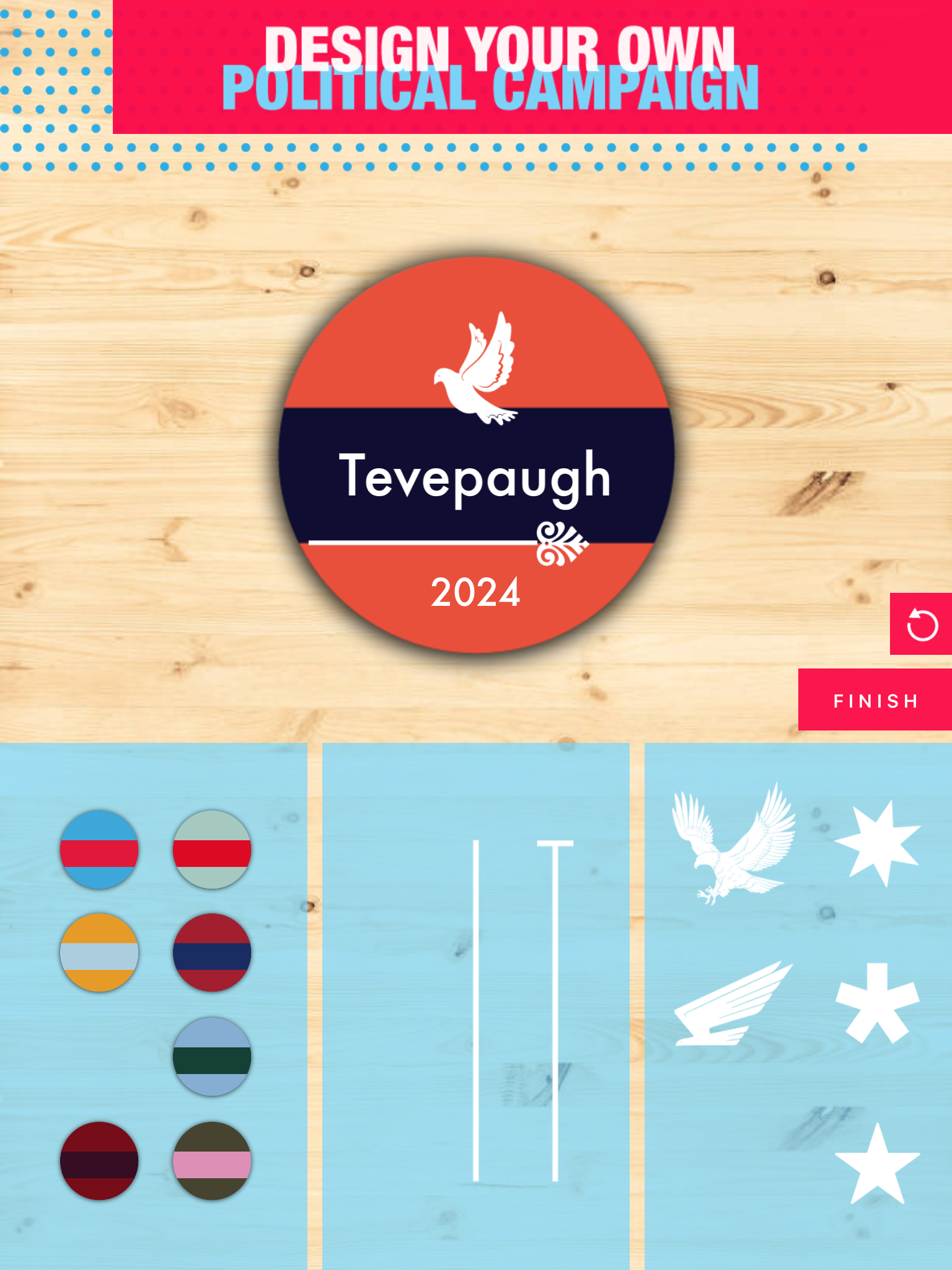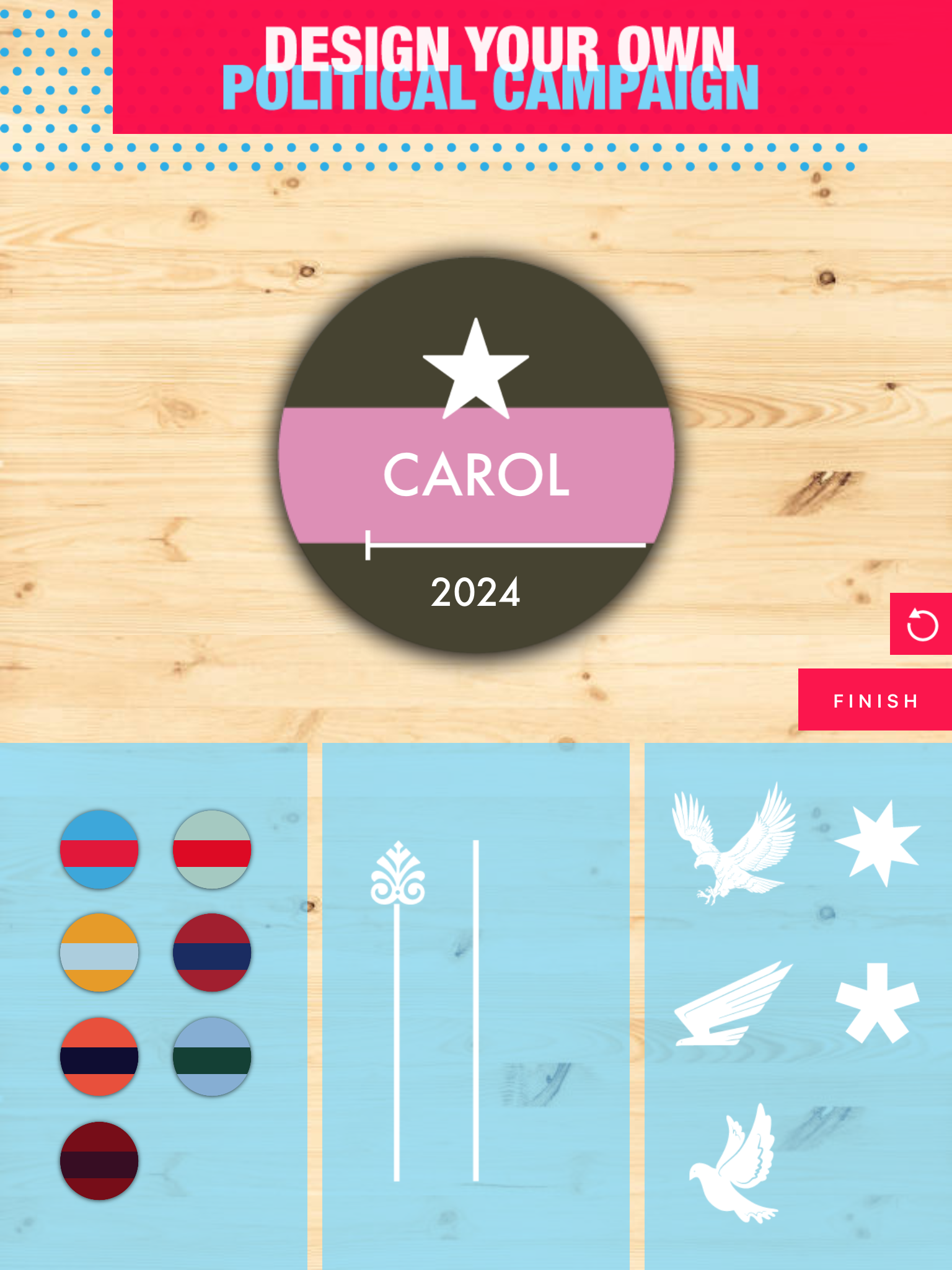design archive
‘Design Archive’ uses letterpress, the historic printmaking process, as a medium, showing unique interpretations of artists, designers and typographers who influence(d) the field of Graphic Design. Each print conveys an interpretation of how the leading makers used elements and principles of design including: space, balance, line, color, emphasis, texture, form, scale, contrast... The printable material of letterpressed relief blocks ranges from hand cut boards, laser cut boards, torn boards, cut vinyl, open woodgrain and more, creating a variety of surface and edge treatments.
NC Estuarium Exhibit
The Biological Invasions interactive exhibit, which is permanently installed at the North Carolina Estuarium in Washington, NC, is a NC Sea Grant-awarded collaboration between Dr. April Blakeslee (ECU Biology) and Kayla. Blakeslee’s research revolves around a variety of biological invasions, specifically crabs that become infected by a parasite and become ‘zombie crabs’.
Kayla had full reign with the concepting of the exhibit which is aquatic themed, from the semi-transparent backlit waves at the top of the exhibit to the tanks of live crabs (healthy and zombie!) to the recycled deck wood on the bottom of the structure.
You, the Candidate
You, the Candidate is an interactive, politically-based experience placed in the ECU Student Center for 6 months in 2019. The iPads display a custom-built application allowing users to input their name and build a political campaign button using a selection of colors, icons and dividers (a selection of screenshots below). Participants could return to the site and retrieve their own custom-designed button. This piece encouraged participants to consider the influenced of campaign design as well as an ongoing reminder that, they too, have the potential to be a candidate.
dataSTEAM: twiff
Twiff is the result of a collaboration between ECU Physics/Mathematics student Rohin Gawdi and Kayla.
THE SCIENCE: Image analysis is a field of increasing application to biomedical investigation. Improved technology in microscopy and imaging have pushed the necessity for powerful image analysis algorithms to the forefront of research, largely due to the ubiquitous application to all fields of research. Polarization diffraction imaging flow cytometry (p-DIFC) is a method that obtains images of light scatter by passing a solid state laser through flowing cells. After treatment by image processing algorithms, the resulting cross-polarized diffraction image (cpDI) is then analyzed by statistical learning algorithms. However, current image analysis tools have proved unsuccessful in successfully analyzing the data. Using the Louvain Modularity, designed as a social networking algorithm currently used by Twitter and Pinterest, we have created a hierarchical analysis algorithm that is far more powerful than current, matrix-based algorithm software. This program utilizes community detection in a novel way to create small communities of neighboring nodes, then creating meta-communities to maximize the modularity of the network.
THE DESIGN: The correlation between applying a social networking algorithm and measuring the health of cells is a design problem that lends itself to connectivity. A direct application of using the ‘Twitter algorithm’ to cure cancer was the driving factor behind the research this piece. An original diffraction image was re-created in shades of blues, sampled from the Twitter brand, and serves as the back panel. A carefully curated collection of tweets cut from paper show a variety of recent, real time thoughts, opinions, motives and discussions on Twitter revolving around the word ‘cancer’. The tweets are all directly connected via Twitter as they have the word ‘cancer’ in common. They are a textual representation of the connections and relationships found in the diffraction image. The text has been cut out to allow the viewer to reflect on the juxtaposition of the words and the subtle shapes, hues and shades of the diffraction image as well as the shadows that accompany the piece.

